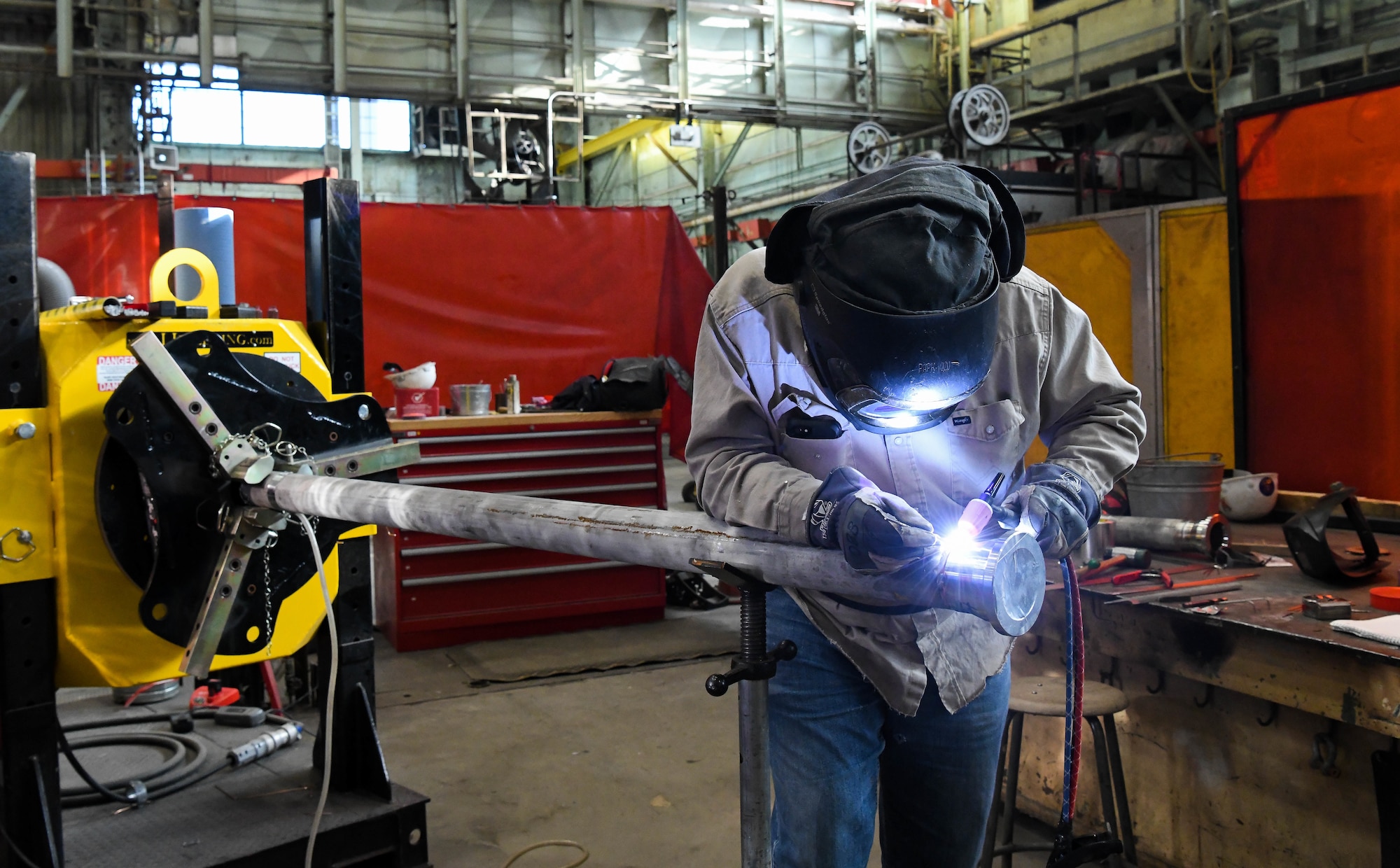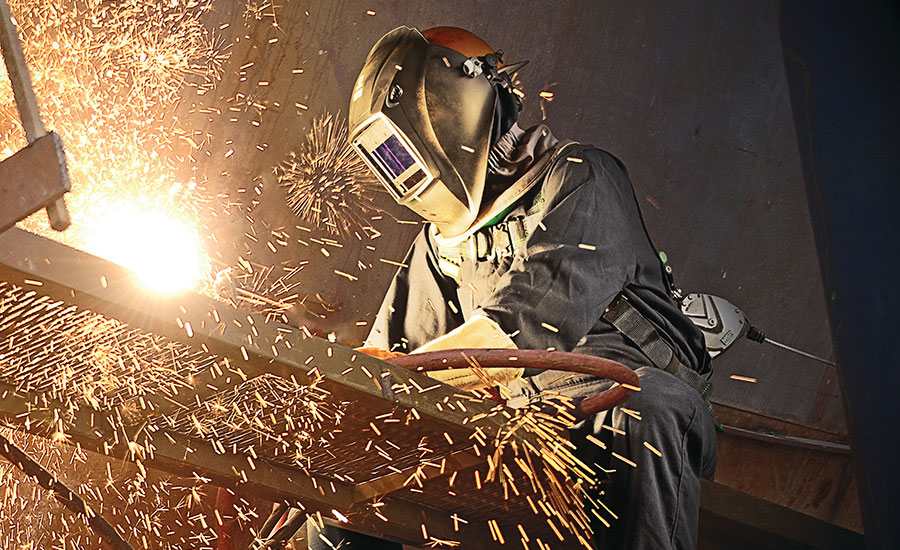Why a Welding WPS is Crucial: Enhancing Consistency and Conformity
Why a Welding WPS is Crucial: Enhancing Consistency and Conformity
Blog Article
The Ultimate Guide to Welding WPS Procedures: An Extensive Review for Welders
In the complex globe of welding, Welding Treatment Specifications (WPS) function as the backbone of making sure top quality, consistency, and safety in welding procedures. Comprehending the subtleties of developing, applying, and monitoring WPS procedures is essential for welders wanting to boost their craft and meet industry criteria. As we explore the various parts of a WPS and check out the intricacies of qualification and accreditation, we will reveal the important duty these treatments play in the realm of welding. Let's start a trip to decipher the complexities and value of WPS procedures in welding practices.
Relevance of WPS Procedures
Recognizing the importance of Welding Treatment Specs (WPS) treatments is important for making certain the high quality and integrity of welded structures. WPS procedures serve as a roadmap for welders, laying out the essential actions, parameters, and materials required to achieve an audio weld. By adhering to WPS guidelines, welders can ensure uniformity in their job, leading to trusted and structurally sound welds.
One of the primary reasons that WPS treatments are important is their duty in keeping weld quality and integrity. Adhering to the specified welding criteria and strategies described in the WPS helps protect against problems such as porosity, splitting, or insufficient fusion, which can jeopardize the strength and toughness of the weld. Furthermore, WPS treatments are important for making sure compliance with sector criteria and codes. By complying with well-known WPS guidelines, welders can show that their work fulfills the essential demands for security and top quality, supplying assurance to customers, examiners, and regulative bodies. In significance, the value of WPS procedures can not be overstated, as they are fundamental to attaining regular, high-quality welds that meet sector requirements and specifications.

Parts of a WPS
A Welding Procedure Specification (WPS) usually makes up necessary components that information the specific requirements for implementing a weld, guaranteeing consistency and high quality in the welding process. The vital elements of a WPS include crucial variables such as base metals, filler metals, interpass and preheat temperature levels, welding procedures, securing gases, welding settings, and post-weld warm treatment needs.
Base steels describe the materials being signed up with, while filler metals are made use of to fill up the gap between the base steels throughout welding. Preheat and interpass temperature levels are important for managing the warm input and protecting against concerns like fracturing or distortion. The welding procedure outlines the specific method to be made use of, whether it's gas metal arc welding (GMAW), shielded steel arc welding (SMAW), or one more technique. Shielding gases shield the weld swimming pool from climatic contamination. Welding positions specify the orientations in which welding can be executed. Post-weld warm therapy may be required to ease stresses and boost the weld's properties. A thorough understanding of these components is important for developing a effective and extensive WPS.

Credentials and Certification
Having actually established the essential components of a Welding Procedure Requirements (WPS), the emphasis currently changes towards the essential facets of certification and accreditation in welding techniques.

Certification, on the various other hand, is the official recognition of a welder's credentials by a pertinent certification body or organization. Welding certifications are usually based on the specific welding procedures, materials, and settings a welder is certified to collaborate with. Holding a valid welding certification demonstrates that a welder satisfies sector standards and is competent to do welding jobs to the required specifications.
Creating a WPS
To develop a Welding Treatment Specification (WPS) that meets industry requirements, mindful consideration of welding processes, materials, and operational criteria is crucial. The first action in creating a WPS is to determine the welding process to be made use of, such as gas steel arc welding (GMAW) or shielded metal arc welding (SMAW)

Carrying Out and Monitoring WPS
Upon settling the extensive Welding Procedure Requirements (WPS) that thoroughly details welding processes, products, operational specifications, and top quality assurance actions, the focus shifts to properly implementing and keeping an eye on the well established treatments. Application includes making sure that all welders involved in the task are acquainted blog here with the WPS and follow it carefully during the welding procedure. Reliable execution and monitoring of the WPS are crucial for ensuring the stability, stamina, and security of the welded joints, eventually adding to the general success of the welding task.
Conclusion
In conclusion, understanding and following Welding Treatment Specifications (WPS) is crucial for welders to ensure top quality, consistency, and safety in their work. By knowing the components of a WPS, obtaining appropriate qualifications and certifications, creating in-depth treatments, and carrying out and monitoring them efficiently, welders can improve their skills and efficiency in welding methods. Complying with WPS procedures is essential for generating high-grade welds and conference sector criteria.
In the complex world of welding, Welding Procedure Specs (WPS) serve as the backbone of guaranteeing quality, consistency, and safety in welding operations. The welding process describes the particular method to be utilized, whether it's gas metal arc welding (GMAW), protected metal arc welding (SMAW), or another method.To develop a Welding Treatment Requirements (WPS) that satisfies market criteria, cautious consideration of welding procedures, materials, and functional parameters is crucial. The initial step in creating a WPS is to determine the welding procedure to be made use of, such as gas metal arc welding (GMAW) or shielded metal arc welding (SMAW)Upon settling the comprehensive Welding Procedure Spec (WPS) that diligently information welding processes, products, functional welding WPS specifications, and high quality guarantee steps, the emphasis changes to properly applying and keeping track of the established procedures.
Report this page